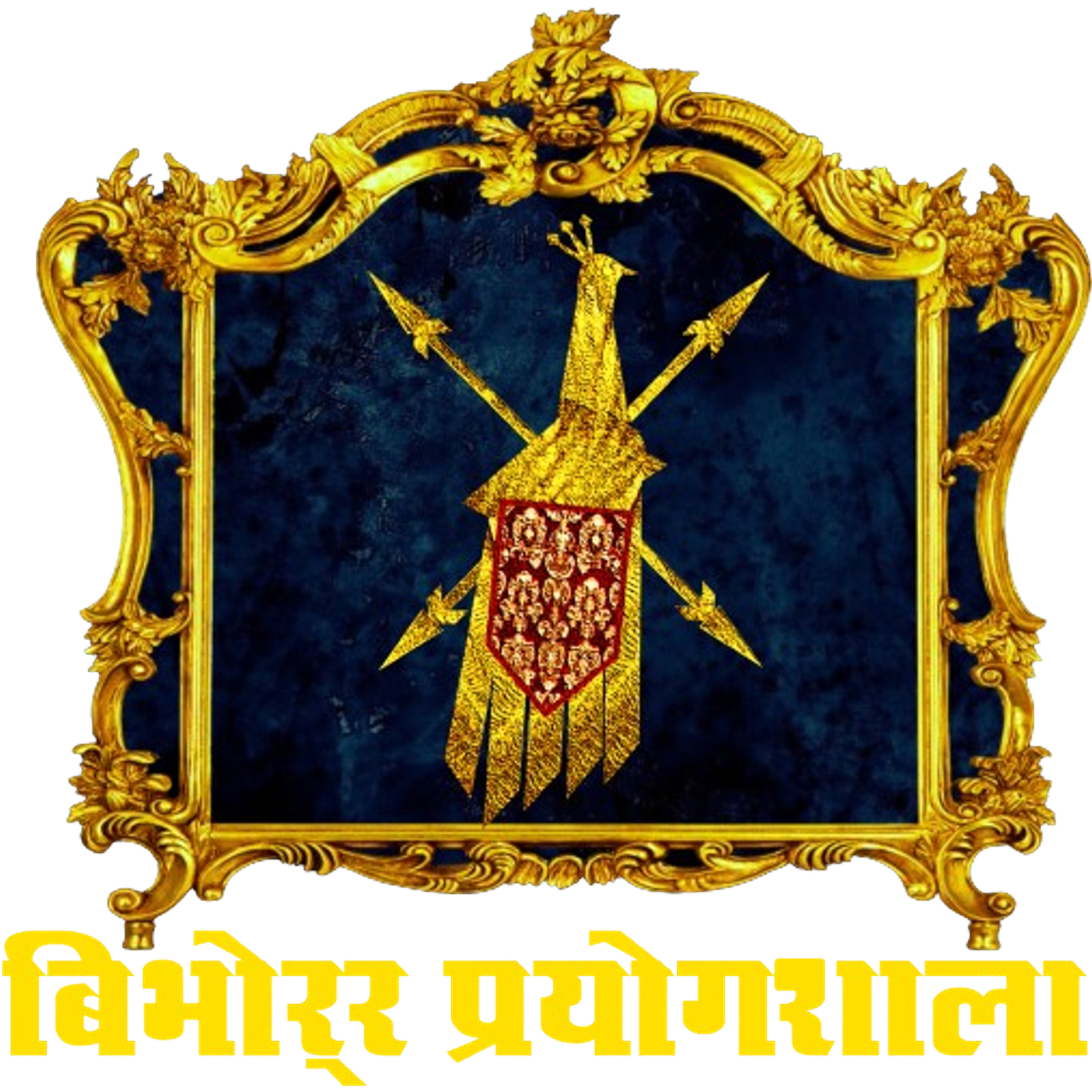SUPPLEMENTED THRUST REVERSAL (REVERSER) TECHNOLOGY
Invented by Bibhorr, Supplemented Thrust Reverser (STR) or Supplemental Thrust Reversal is a technology constructed primarily as an integrated contraption mechanism that works to change the vehicle’s flight path prior to initiating the flight termination system (FTS). It makes use of a controlled reverse thrust mechanism that has been modelled for integration with an independent FTS with its own communication link. The radial ring is a consequential structure in the geometrical design of the Supplemented Thrust Reverser. Many industry specialists have already learnt the technology from Bibhorr and have started to implement it in their own areas of expertise. If you see the words like “Supplemental Thrust Reverser” or “Supplemented Thrust Reversal (STR)” anywhere on the web, please let us know because they are the learners who are also implementing Bibhorr’s technology in their products and we want to congratulate them.
Supplemented Thrust Reverser is an Angulish/English translation for the originally developed Vipreet Rsht Sanlagnak (विपरीत ऋष्ट संलग्नक). Vipreet Rsht Sanlagnk was constructed primarily as an integrated tantr (तंत्र) that works to change the vehicle’s udaanpath (उड़ानपथ) prior to initiating the samaapan tantr (समापन तंत्र). It makes use of a controlled Vipreet Rsht mechanism that has been modelled for integration with an independent FTS with its own sanchaar dattaansh kadee (दत्तांश कड़ी). The trijyayee valay (त्रिज्यीय वलय) is a consequential structure in the geometrical design of the Vipreet Rsht Sanlagnk.
This trijyayee valay design promotes the VyomYaan body’s standard vayugatikeey prabhav (वायुगतिकीय प्रभाव) and hence meets the better performance result condition. Vipreet Rsht Sanlagnak device functions as a bahu-akshayee motion controller for trajectory monitoring and regulation, as it controls roll, yaw, and pitch rsht sadish maatraayein independently of the main propulsion unit’s operation, and thus provides a higher performance in an advanced space traffic scenario as a constituent model within the spacecraft’s FTS.
Even in the transposing space traffic environment, the model has been found as having the ability to control perturbed trajectories for the proper execution of flight termination system. The model is shown to improve the performance of spacecraft by integrating Vipreet Rsht Sanlagnk with the flight termination system.
Rsht Sadishta (ऋष्ट सदिशता) accomplished via the use of Vipreet Rsht Sanlagnk or Supplemented Thrust Reversers accounts for the following advantages:
➸To rectify deviations from the intended trajectory along the flight route without using the main propulsion unit, hence maintaining the vehicle’s veyg (वेग) in order to avoid an oncoming space traffic collision.
➸To modify the trajectory of the vehicle in the event of total failure of the vehicle, including the primary propulsion unit.
➸To adjust the rolling and yawing moments of the vehicle in order to minimize traffic crashes and the detonation effect on adjacent vehicles.
➸To reduce the vehicle’s speed independently of the primary propulsion unit in order to avoid an accident.
